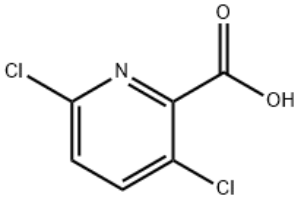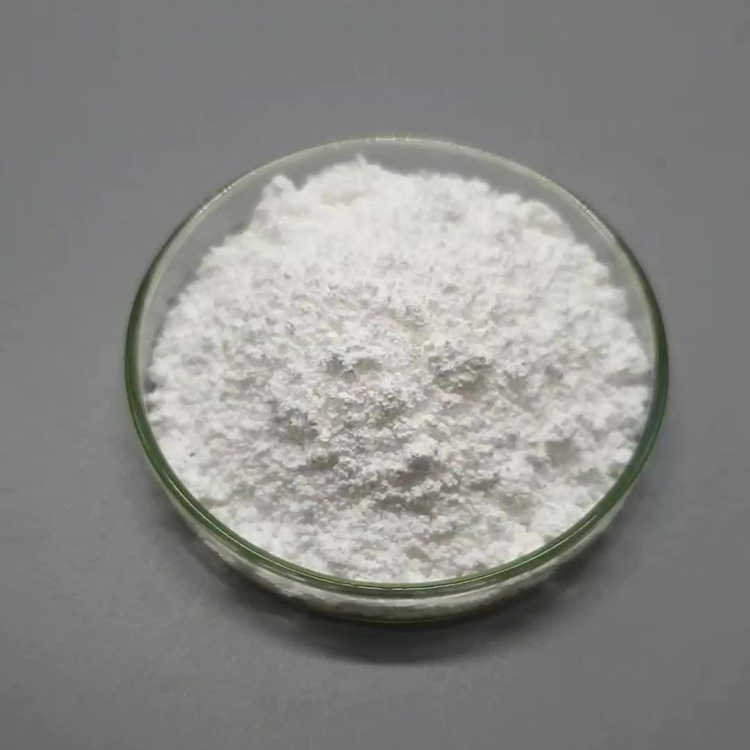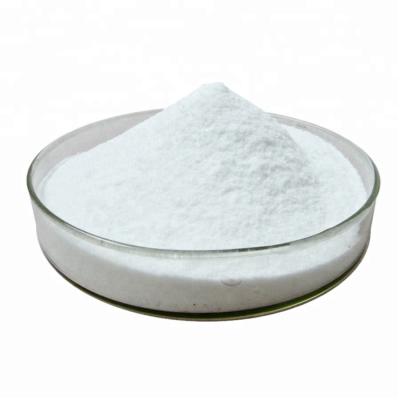Clopyralid Heterocyclic Herbicide
Common name: CLOPYRALID
Chemical name:
3,6-dichloropyridine-2-carboxylic acid
Molecular formula: C6H3Cl2NO2
It has good herbicidal effects and strong selectivity.
Common name: CLOPYRALID
Chemical name:
3,6-dichloropyridine-2-carboxylic acid
Molecular formula: C6H3Cl2NO2
Structural formula:

Molecular weight: 192
CAS No. : 1702-17-6
Product description:
Clopyralid is a systemic phytohormone-type herbicide, which is a product of Dow Company in the United States. It has good herbicidal effects and strong selectivity. Entered the U.S. market in 1987 to control annual or perennial broad-leaved weeds in corn and sugar beet fields. After the weeds are applied, they are absorbed by the leaves or roots of the plant, and then conduct in the plant body, causing uncontrolled cell division and disorderly growth. Finally, the vascular bundle is destroyed, and it can also inhibit cell division and growth. It can be used to control one-year-old or perennial broad-leaved weeds. At present, clopyralid water and granules are mainly used to control broad-leaved weeds such as chinensis in rapeseed field and sorrel, and the effect is obvious.
Physical and chemical properties:
Density: 1.612
Melting point: 151-152°C
Boiling point: 323.7 oC at 760 mmHg
Refractive index: 1.59
Flash point: 149.6 oC
Vapor pressure: 0.000599mmHg at 25°C
PSA: 50.19000
logP: 2.08660
Appearance: white or light yellow powder or crystal
Color: white powder.
Physical properties: melting point: 151-152°C boiling point: 0°C; flash point: 0°C; water solubility: 1.0 g/L
Solubility: soluble in water.
Usage:
1. Prevention and control of C. oleracea and T. oleracea in spring rape fields: Perennial asteraceae weeds such as C. oleracea and C. oleracea are common in Qinghai Province, and the damage is serious. The rhizome reproductive ability is strong, the root system is deep, the resistance is strong, and it is difficult to control. , Causing serious harm to agricultural production, especially spring rapeseed production. 30% clopyralid AS and 75% Longquan SG have the same control effect on Saussurea and Sonchus in different ecological areas, both of which are higher than Teck SC by more than 30%, and the control effect is excellent. In fields with low density of C. oleracea and T. oleracea, the dosage of 30% clopyralid can be reduced to 450ml/hm2. Fields with high density and high density of C. oleracea and C. oleracea can be selected. Spraying, no need to use medicine for field preparation, in order to save costs.
2. The effect of controlling broad-leaved weeds in summer corn fields: Based on the results of two years of testing, 75% clopyralid soluble powder has effects on summer corn Asteraceae weeds Echinochloa, salsa, Bidens, Sprout, and Mugwort Imitated well, compared with the control agent 72% 2,4-D Butyl Emulsifiable Concentrate. Imitated the Phyllanthus vulgaris, Tongquancao, Motherweed, Moshangcai, etc., to imitate generally to excellent; For Chenopodium and Amaranthaceae weeds ( Concave head amaranth, reverse branch amaranth, etc.) have a certain imitate. The recommended dosage in the field is 225~315g/hm2, spraying in the 3-5 leaf stage of maize and the 3-5 leaf stage of weeds.
Submitted successfully
We will contact you as soon as possible




